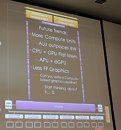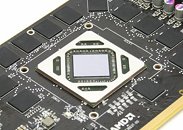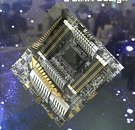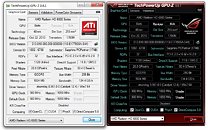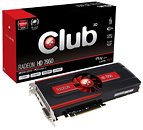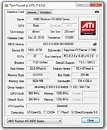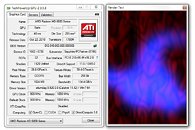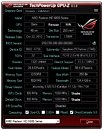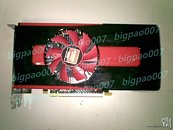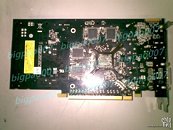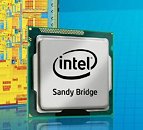
AMD Radeon HD 7000 Series Won't Fully Support DirectX 11.2
Graphics processors based on first-generation Graphics CoreNext micro-architecture, slotted inside the "Southern Islands" and "Sea Islands" families, and branded under Radeon HD 7000 and Radeon HD 8000 (OEM) series, don't fully support Microsoft DirectX 11.2 API. Exclusive with the upcoming Windows 8.1 operating system, the Direct3D component of DirectX 11.2 introduces a handful of revolutionary consumer 3D features, such as "D3D tiled resources," which is analogous to OpenGL mega-textures; HLSL shader linking, frame-buffer scaling, etc.
In an interview with German publication c't Magazin, AMD engineer Laylah Mah pointed out that a feedback routine Microsoft deployed in the final specification of DirectX 11.2 turned out different from the one AMD anticipated. Mah stressed that the incompatibility is not at the level of the hardware, but the driver. The GPUs inside next-generation consoles like Microsoft Xbox One and Sony PlayStation 4 aren't fundamentally different from current AMD GPU micro-architecture, and at least one of the two, Xbox One, will leverage the latest DirectX.
In an interview with German publication c't Magazin, AMD engineer Laylah Mah pointed out that a feedback routine Microsoft deployed in the final specification of DirectX 11.2 turned out different from the one AMD anticipated. Mah stressed that the incompatibility is not at the level of the hardware, but the driver. The GPUs inside next-generation consoles like Microsoft Xbox One and Sony PlayStation 4 aren't fundamentally different from current AMD GPU micro-architecture, and at least one of the two, Xbox One, will leverage the latest DirectX.

